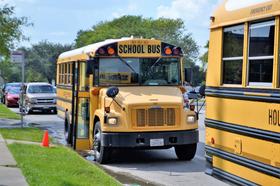When it comes to your child’s education, you want to know that you are making the right choice. But each child is unique when it comes to learning, and the option that might be right for another child might not be the best choice for yours. Many parents who are concerned about the quality of their child’s education make the choice to homeschool their kids. If you are thinking about homeschooling as an option, take the time to learn about the benefits of public school over homeschooling – they might just change your mind and your attitude about public school.
This video discusses the pros and cons of homeschooling vs schooling in public school.
What is Homeschooling?
In the simplest of terms, homeschooling is simply schooling your children at home. Homeschooling has become quite the progressive movement in recent years with more and more parents choosing to homeschool instead of sending their children to public school. There are a number of reasons why a parent might choose to homeschool their child – here are a few:
- The family might have different religious beliefs than those taught (or not taught) in public school. Homeschooling allows you to choose whether to incorporate religion or not.
- Homeschooling might offer more specialized educational attention for special needs children.
- Parents may have different educational philosophies than public school administrators and teachers. With homeschooling, you choose what philosophies to follow.
- Children may progress faster







































